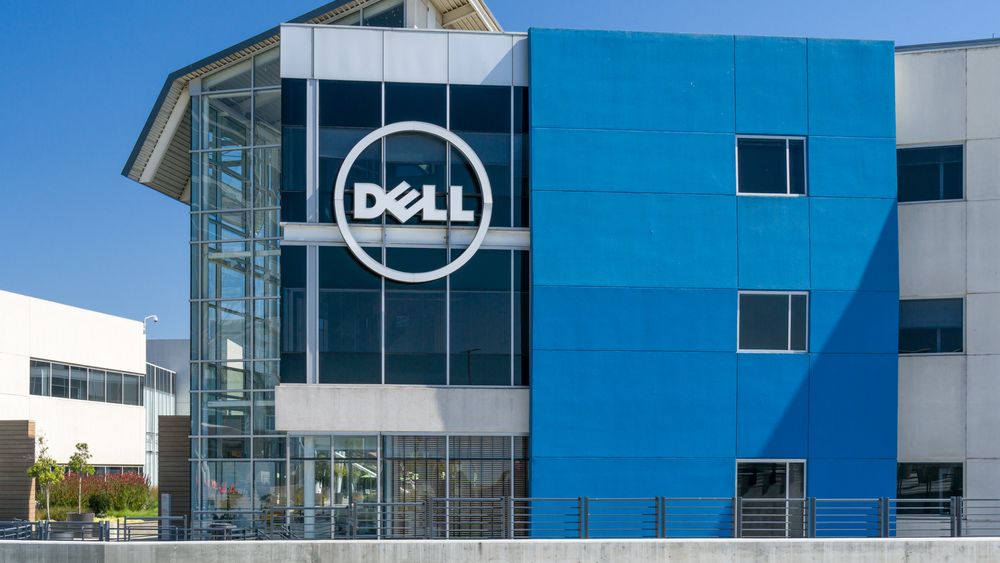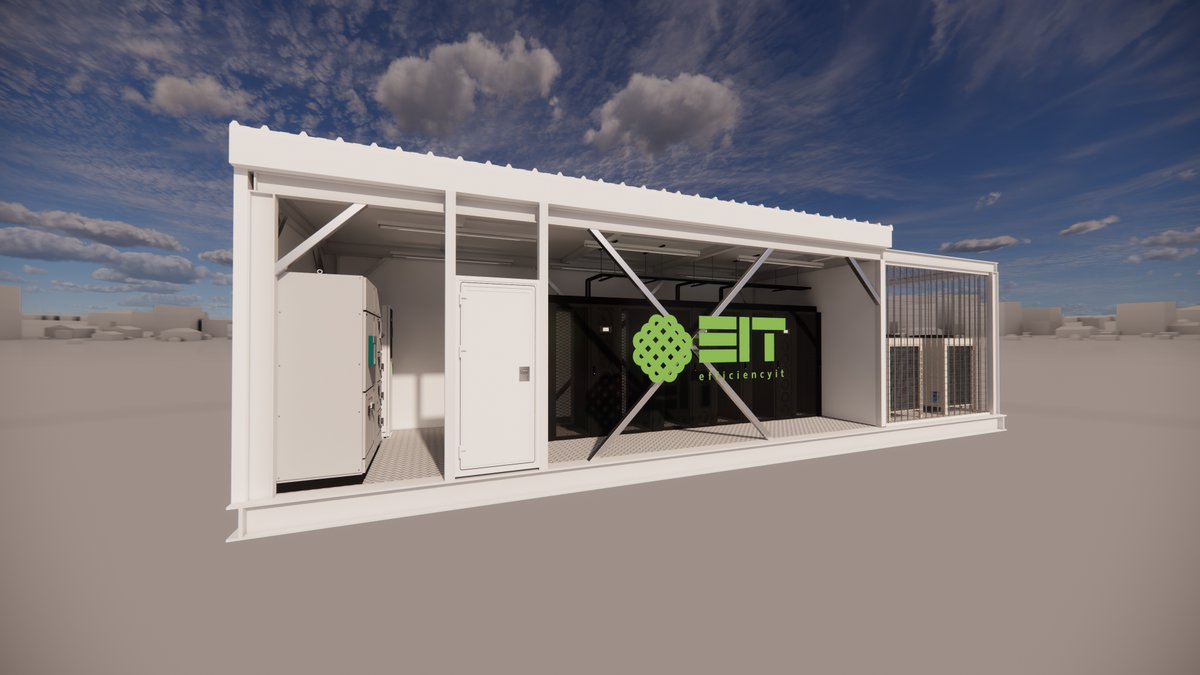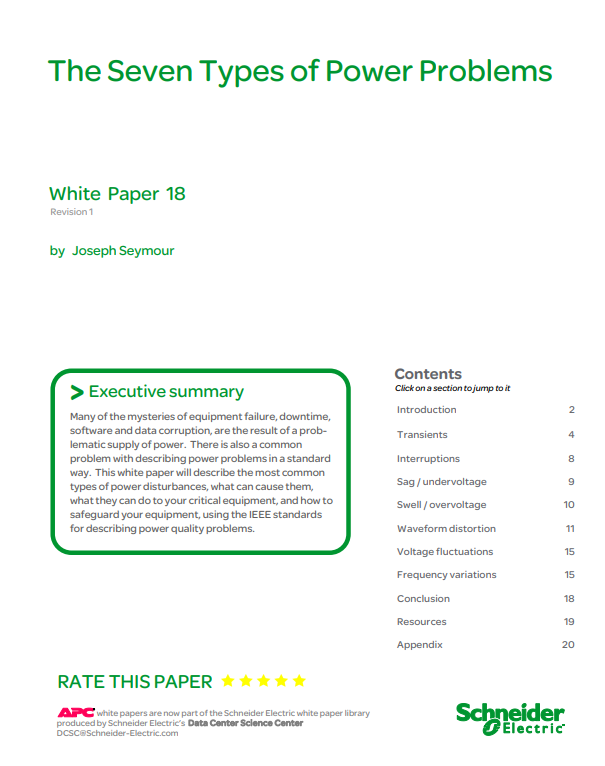Dell wins US 5G contract in absence of Huawei
The company will partner with Dish Network to bring 5G services to 70% of US by mid-2023


Dish Network will use Dell’s hardware in the US as part of its cloud-native, Open RAN-based 5G network, as it looks to deploy 5G services to at least 70% of the US population by 2023.
As part of the deal, the tech giant will provide Dish with Dell EMC PowerEdge servers that will be located at the base of cell towers.
"Dish will deploy Dell EMC PowerEdge servers at cell tower sites and in centralized RAN locations to tackle the growing demands of edge-based, data-intensive workloads," the companies said, as reported by ZDnet.
Dish will use Dell EMC PowerEdge Xr11 servers to support its private cloud and far edge applications while Dell EMC PowerEdge R740 and R750 servers will be used to support virtualisation and demanding cloud-native workloads.
The company is utilising Open Radio Access Network (O-RAN) which uses software to run network functions on standardised computing hardware. This means it does not have to buy hardware for the network from telco providers such as Nokia or Huawei.
This also allows it to mix hardware and services from different vendors. For example, Dish chose VMware’s Telco Cloud platform to deploy its 5G O-RAN network last July. The company said it would be able to test vendor software and dynamically move and scale workloads within the cloud, based on consumer demand, thanks to the new partnership.
Other companies involved in supplying various parts of the 5G network include Japan’s Fujitsu and US companies Altiostar and Mavenir.
Get the ITPro daily newsletter
Sign up today and you will receive a free copy of our Future Focus 2025 report - the leading guidance on AI, cybersecurity and other IT challenges as per 700+ senior executives
RELATED RESOURCE

Reduce management overhead by transforming VDI and app management
How to support a distributed workforce with VMware Horizon Control Plane
In March, it emerged that the Biden administration would continue with tough restrictions on Chinese tech firms. One of the companies affected was Huawei, with the telecoms giant being labelled as a security threat based on perceived ties with the Chinese government.
The FCC ordered certain telecoms companies to remove Huawei equipment from their networks last December as part of the process of revoking China Telecom’s authorisation to operate in the US.
In 2019, the Pentagon was reportedly pushing US communications companies to team up to build an open source version of 5G software, with an aim to offer an alternative to Huawei’s system. It was suggested there was a push for US companies to develop a wider range of networking equipment to keep sales in the country.
Zach Marzouk is a former ITPro, CloudPro, and ChannelPro staff writer, covering topics like security, privacy, worker rights, and startups, primarily in the Asia Pacific and the US regions. Zach joined ITPro in 2017 where he was introduced to the world of B2B technology as a junior staff writer, before he returned to Argentina in 2018, working in communications and as a copywriter. In 2021, he made his way back to ITPro as a staff writer during the pandemic, before joining the world of freelance in 2022.
-
 Should AI PCs be part of your next hardware refresh?
Should AI PCs be part of your next hardware refresh?AI PCs are fast becoming a business staple and a surefire way to future-proof your business
By Bobby Hellard Published
-
 Westcon-Comstor and Vectra AI launch brace of new channel initiatives
Westcon-Comstor and Vectra AI launch brace of new channel initiativesNews Westcon-Comstor and Vectra AI have announced the launch of two new channel growth initiatives focused on the managed security service provider (MSSP) space and AWS Marketplace.
By Daniel Todd Published
-
 Why energy efficiency could be key to your business’ success
Why energy efficiency could be key to your business’ successSupported editorial An energy efficient data center setup can help save on bills, but the benefits don’t have to stop there
By ITPro Published
-
 Digital Twins - Transforming supply chains and operations
Digital Twins - Transforming supply chains and operationsWhitepaper A virtual view of products, processes, and operations, as well as the impact of various factors on performance
By ITPro Published
-
 UK's EfficiencyIT launches prefabricated data centre offering
UK's EfficiencyIT launches prefabricated data centre offeringNews The company has previously built modular data centres for government and defence customers in 12-16 weeks
By Zach Marzouk Published
-
 Equinix is growing data centre-powered fruit and veg
Equinix is growing data centre-powered fruit and vegNews The data centre company has installed a rooftop farm at one of its sites to make use of excess heat
By Zach Marzouk Published
-
 Princeton Digital Group reveals "wise" $1 billion+ Indonesia data centre investment to service Singapore
Princeton Digital Group reveals "wise" $1 billion+ Indonesia data centre investment to service SingaporeNews The new investment will help customers located in Singapore expand their infrastructure
By Zach Marzouk Published
-
 The seven types of power problems
The seven types of power problemsWhitepaper The most common types of power disturbances and how to safeguard your equipment
By ITPro Published
-
 Google data centre soaks up a third of Oregon city's water supply
Google data centre soaks up a third of Oregon city's water supplyNews The tech giant has been labelled a "water vampire" after its facility increased water consumption every year since opening for the purposes of cooling
By Bobby Hellard Published
-
 What 5G rollout failures mean for 6G
What 5G rollout failures mean for 6GIn-depth What can network operators and telecoms companies learn from a cocktail of global issues and mistakes when shifting to the next generation of mobile networking?
By Elliot Mulley-Goodbarne Published